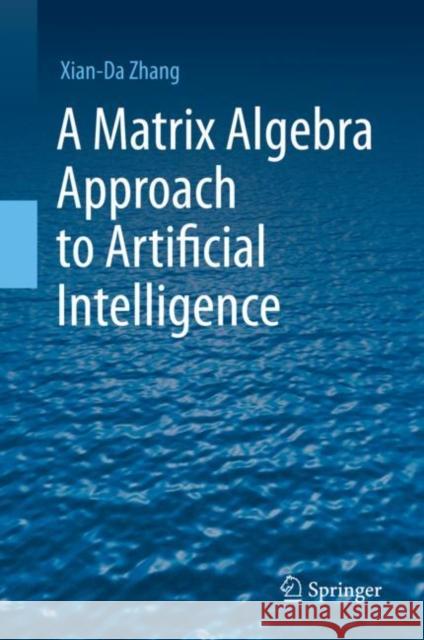A Matrix Algebra Approach to Artificial Intelligence » książka
topmenu
A Matrix Algebra Approach to Artificial Intelligence
ISBN-13: 9789811527692 / Angielski / Twarda / 2020 / 820 str.
A Matrix Algebra Approach to Artificial Intelligence
ISBN-13: 9789811527692 / Angielski / Twarda / 2020 / 820 str.
cena 928,04
(netto: 883,85 VAT: 5%)
Najniższa cena z 30 dni: 886,75
(netto: 883,85 VAT: 5%)
Najniższa cena z 30 dni: 886,75
Termin realizacji zamówienia:
ok. 22 dni roboczych
Bez gwarancji dostawy przed świętami
ok. 22 dni roboczych
Bez gwarancji dostawy przed świętami
Darmowa dostawa!
Kategorie:
Kategorie BISAC:
Wydawca:
Springer
Język:
Angielski
ISBN-13:
9789811527692
Rok wydania:
2020
Wydanie:
2020
Ilość stron:
820
Waga:
1.30 kg
Wymiary:
23.88 x 19.56 x 3.56
Oprawa:
Twarda
Wolumenów:
01











